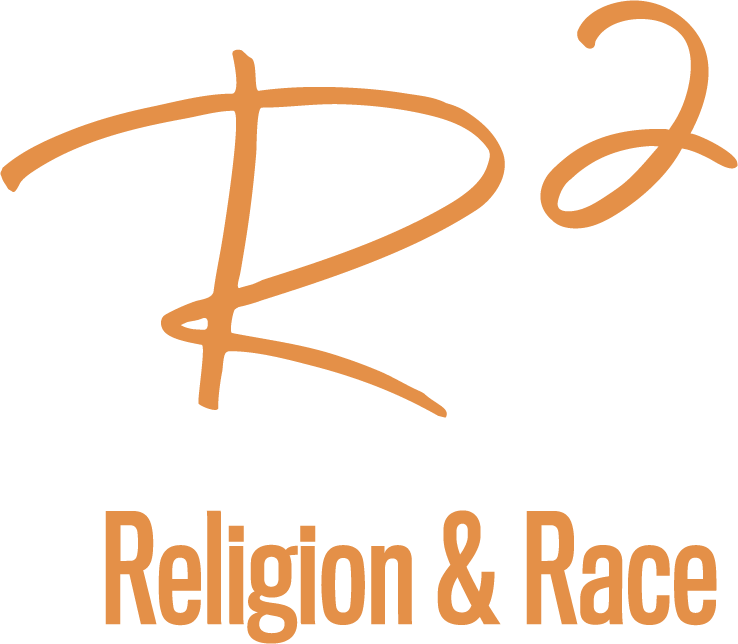Identity Politics and Social Location
Our identity is more than our names, or where we live, or the group with which we associate. Identity is comprised of those characteristics, qualities, values, beliefs, morals, ethics, expressions, abilities and patterns of behavior that make a person or a group who they are, and who they have the potential to become. The spiritual journey is often described as a quest to discover identity and, thus, purpose in life.
Identity is fluid. For example:
A young, middle-class, white, suburban, college student, away from her sheltered environment for the first time who decides to become politically active in campus justice organizations, will probably find herself redefining who she is, what she believes, and what “home” and “community” mean;
An able-bodied woman who, after illness, finds her mobility dependent upon a wheelchair is grappling with a changing identity; or
Brothers and sisters of a family who recently immigrated to the United States will find themselves challenged to adapt to the culture of their new school.
The shifts and changes in identity over a lifetime are expected, even needed for maturation and growth. Identity is shaped, and changes when we engage the big questions of life:
These big questions of identity are answered several times over a life time.
Identity Politics gives some individuals and groups power while denying power to others. Opportunities and access to social power is, in part, available to people and groups due to social location.
Social Identity includes but is not limited to gender, race, ethnicity, class, nationality, sexual orientation, age, religion, disability, language, and political affiliation. These markers are significant social categories to groups and individuals because they determine identity and social status. The markers are key aspects which determine how people are recognized and classified by others. While each person possesses all of these categories, all persons are more than these categories.
Social Location is a life determining factor. Social location is the expression of a person’s existence in the social fabric. It is powerful because it places us in certain relationships to the world and the people of the world. It gives us status and blocks us from having status. In a certain sense, it creates our reality. Our social location determines our access to power, privilege, or our lack of power and privilege. For example, access to jobs and education is often determined through the categories of social location and identity. White, middle-class/wealthy, men (social locators of race, socio-economic status, gender) are given more access to college entrance and corporate executive employment than to any other persons of any other social location.
EXERCISE: Name the most powerful organizations in your area (include churches). Considering the owners or leaders of those organizations, name their social locators for race, socio-economic status, and gender. Discuss.
Social Categorizing is the source of the structural inequalities in our society and in our churches. In each category there is one group of people deemed inferior or illegitimate to another group who is lifted up as superior, legitimate, dominant, and privileged. In each category the body is literally and figuratively used to provide indicators for which person or group is “acceptable” and which person or group is relegated to “unacceptable” status. For example:
Racism: expressed as white supremacy; white culture is normal, superior; complexion, hair texture, and facial features are indicators for labelling inferiority (fine is better than course, light is preferred to dark).
Sexism: expressed as patriarchy; exclusive male power, authority, and control; men’s bodies are considered to be powerful while women’s bodies (and bodily functions) are seen as menacing; force and control are seen as better than nurture and care.
Classism: expressed as capitalism; greed, affluence, materialism, and control over all resources are considered good; includes the types of work one’s body does – physical labor is inferior to intellectual labor – non-paid laborers are inferior to paid laborers; those at the top of the hierarchy get paid the most, are treated better, and are valued more with little consideration for the amount of work performed.
Heterosexism: expressed as homophobia; discrimination against all sexual orientations other than heterosexual; Image of God is restricted to heterosexual persons.
EXERCISE: Ask yourself the following questions about social location and identity…
Where do you come from? Who are your people?
What does it mean to claim your race, class, gender, and sexual orientation? Are there risks?
Which parts of your identity do you emphasize and which parts do you under-emphasize? Why?
For how many generations has your family been in the country you live in now? By what circumstances did the first citizens in your family arrive?
Is your citizenship important to you? Why or why not?
Do you maintain your family’s culture and history of origin? If so, why? If not, why not?
Using categories listed under social identity, how do your social locators provide you with privilege? How do they deny you privilege?
What relationships do you have with persons who are disadvantaged by social location?
If you named the social locators of members of your church, what do you think you would discover?
What is your involvement in ministries which participate in the healing and eradication of racism, sexism, classism, and heterosexism?
Written by Dr. Lynne Westfield

